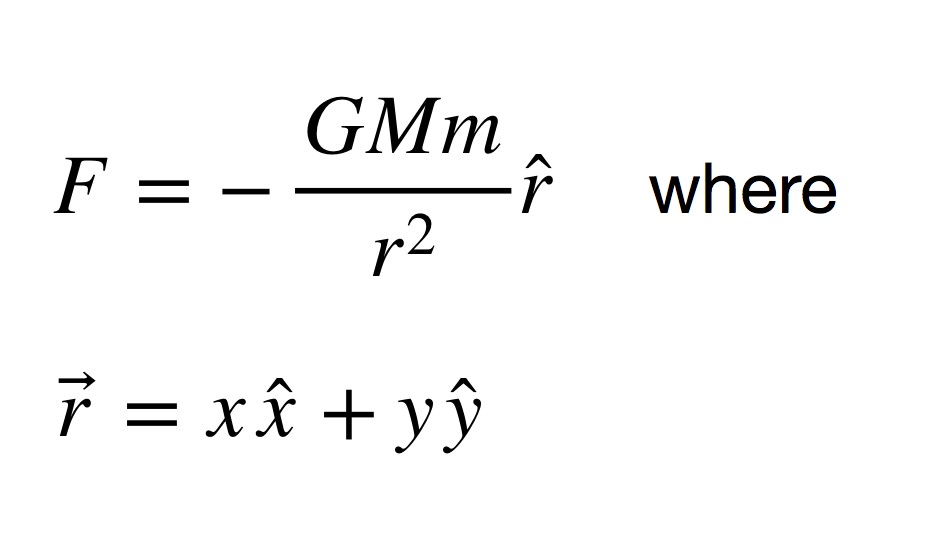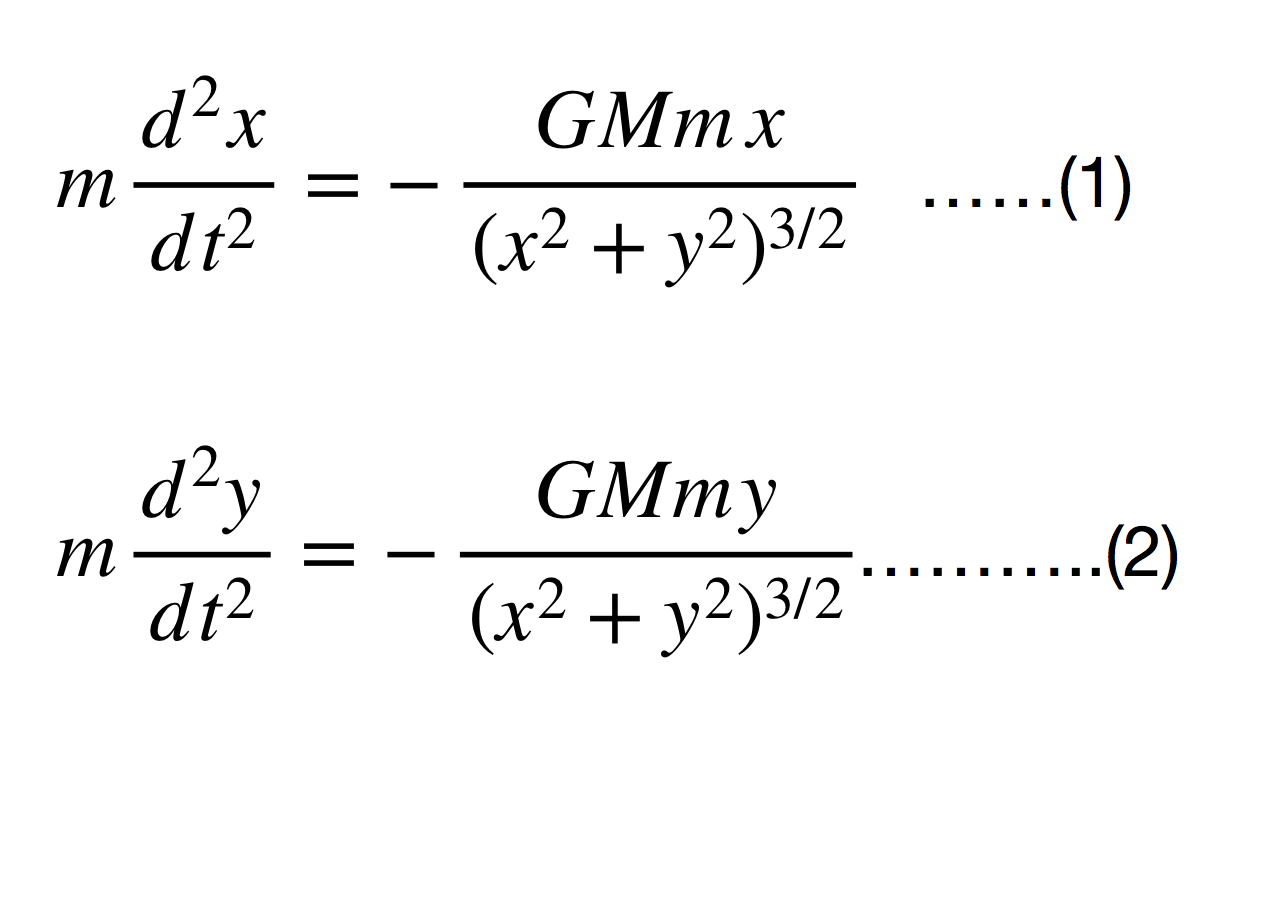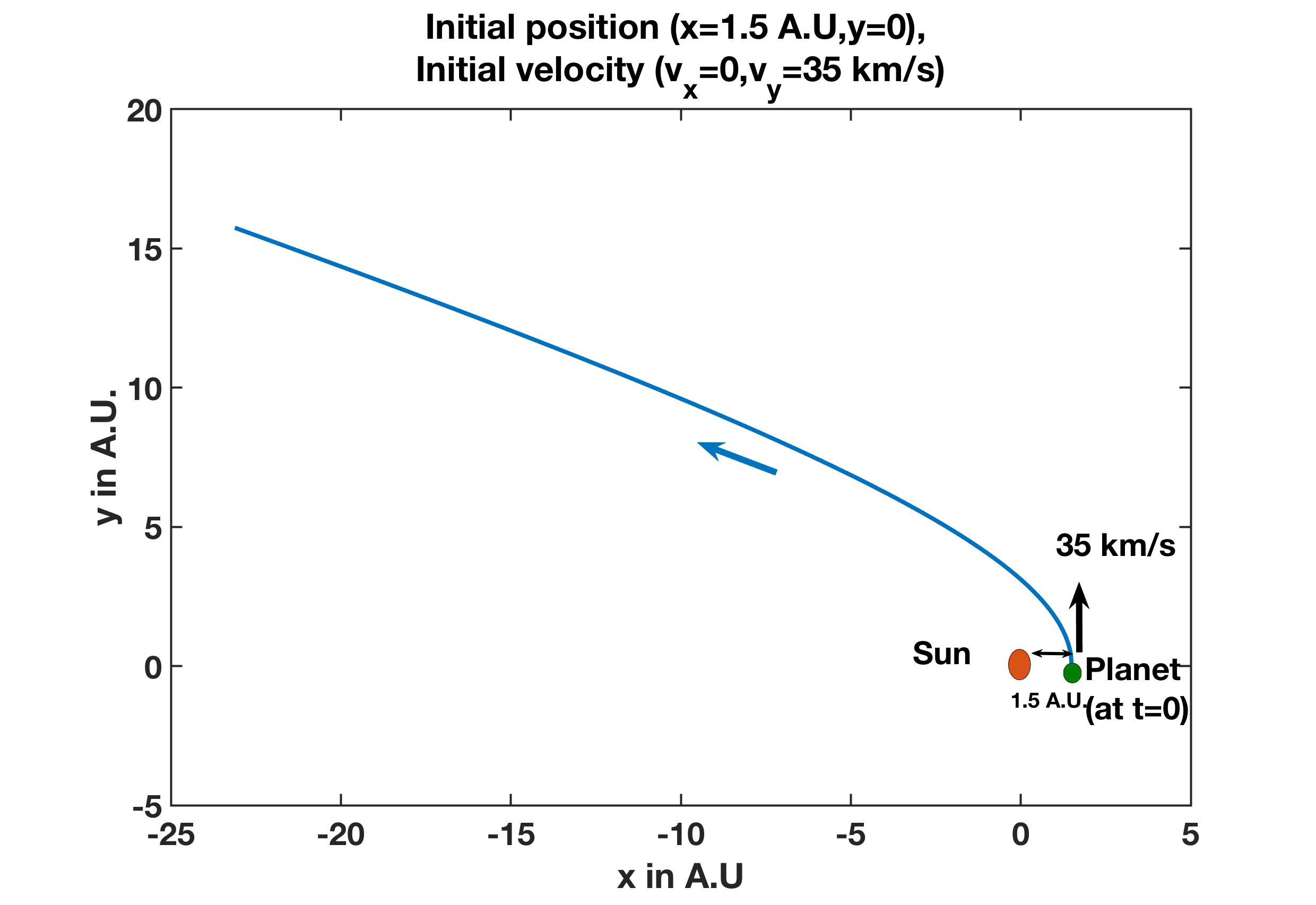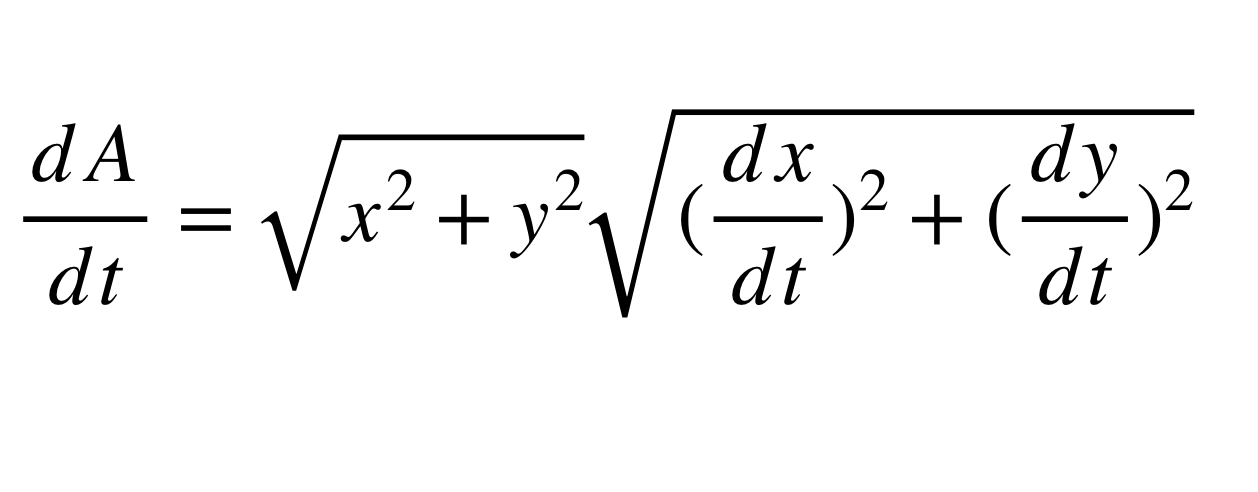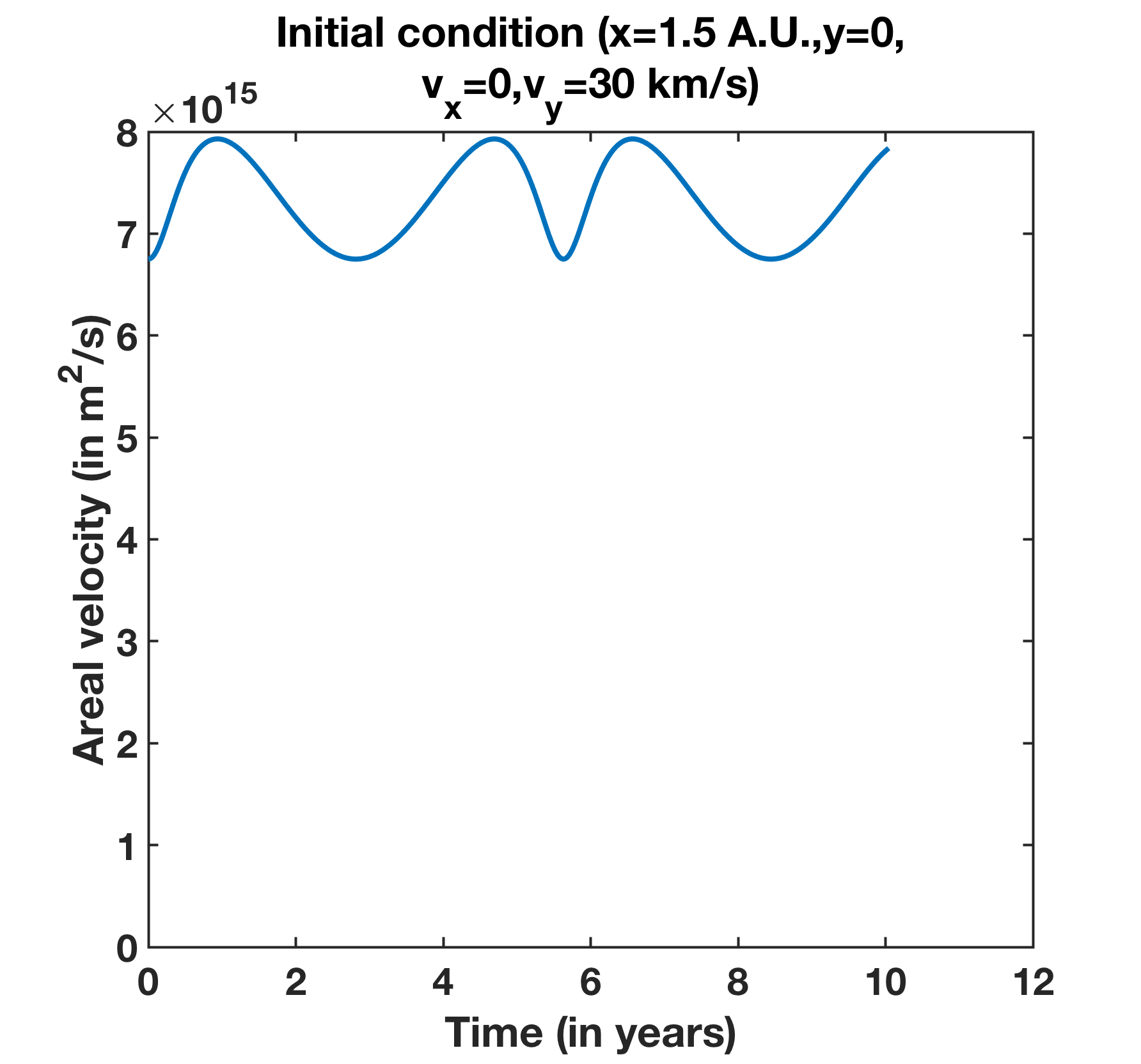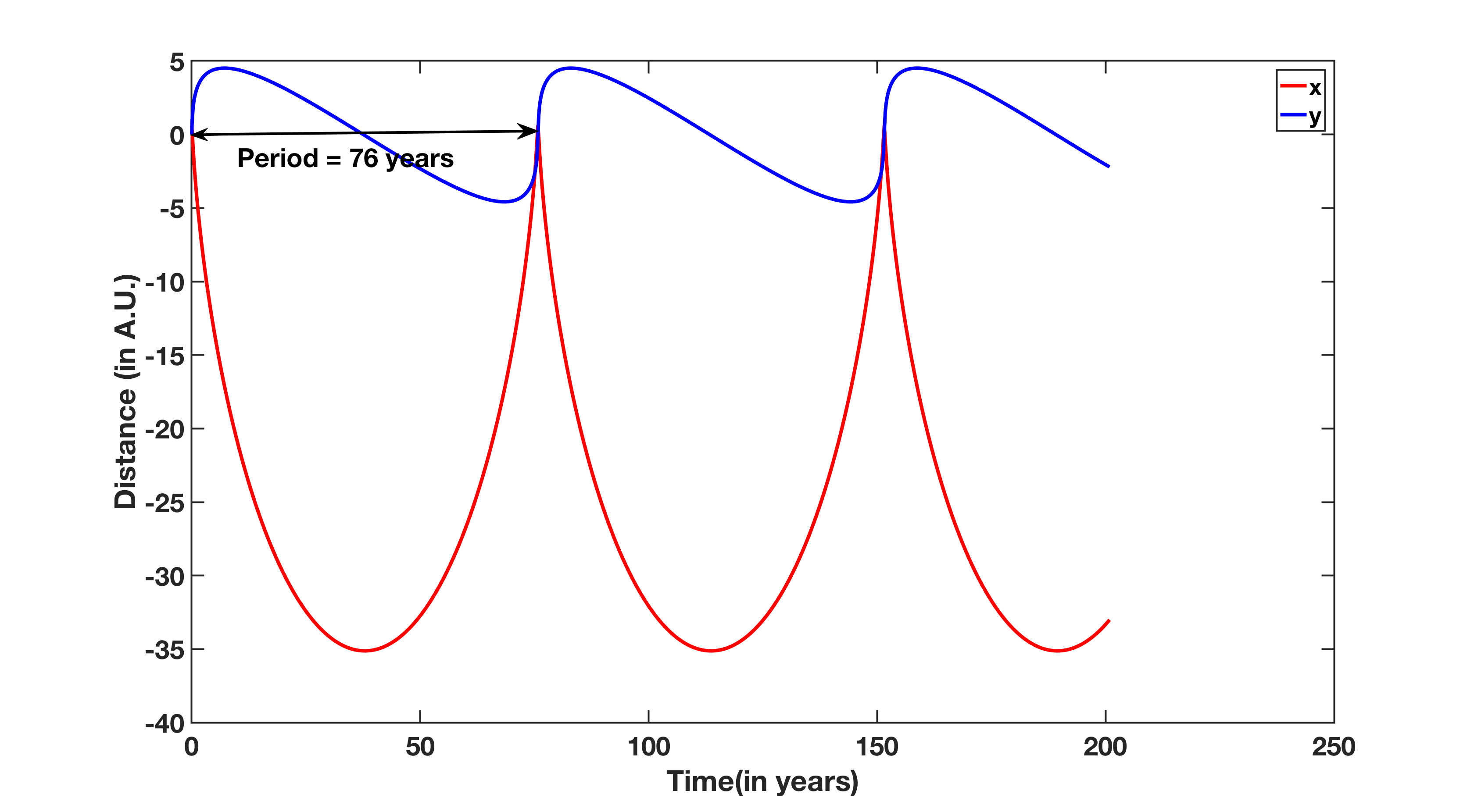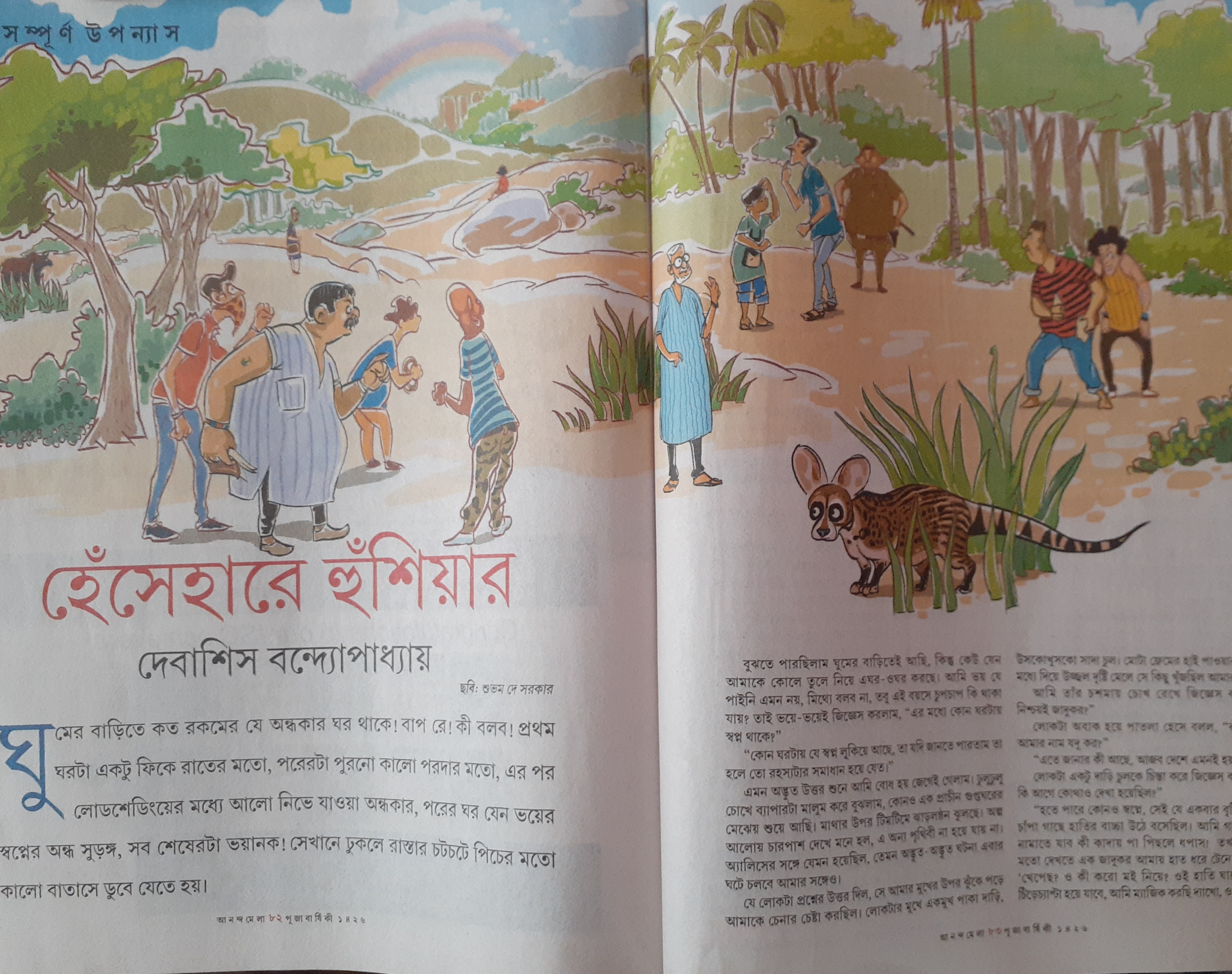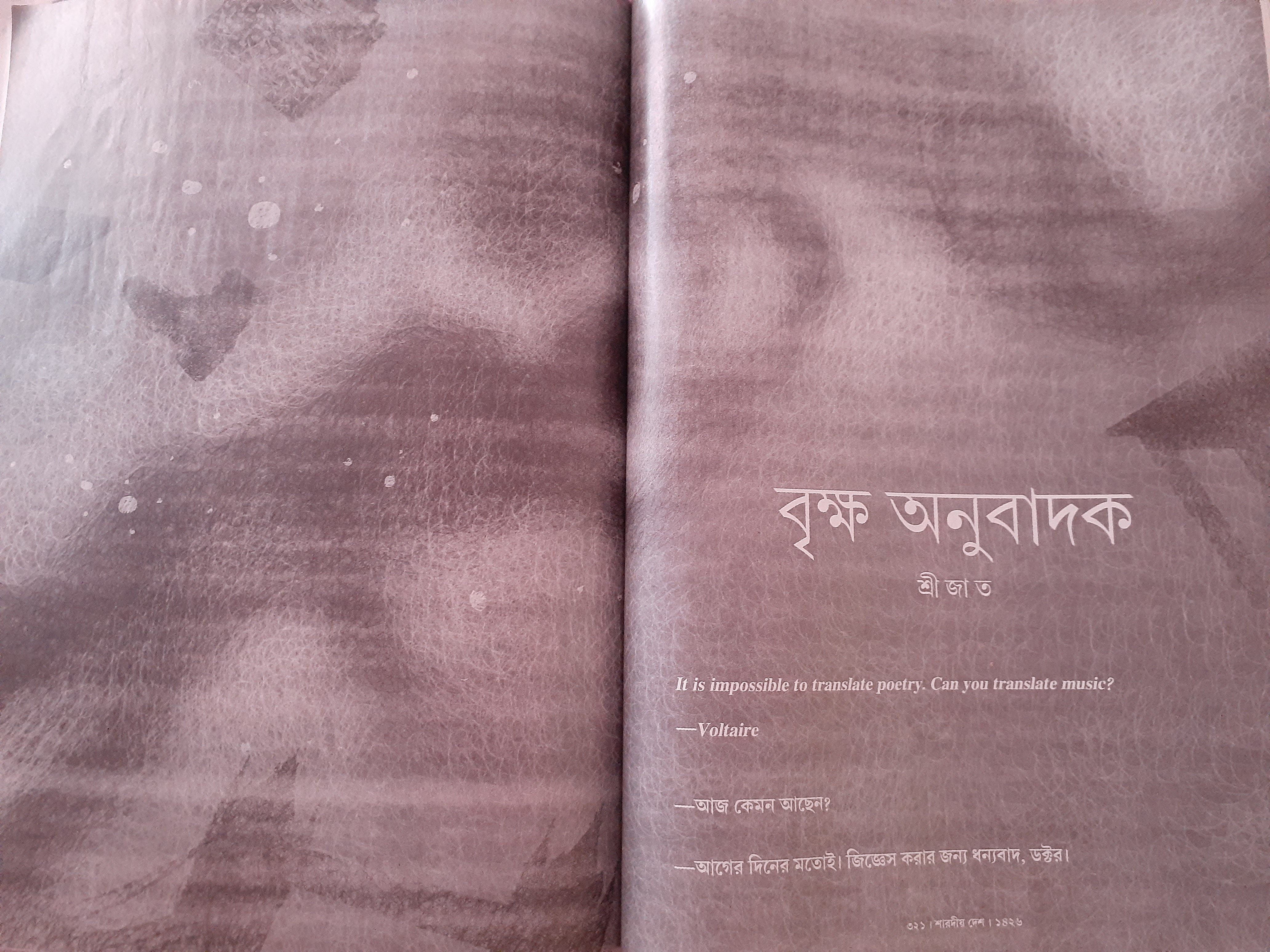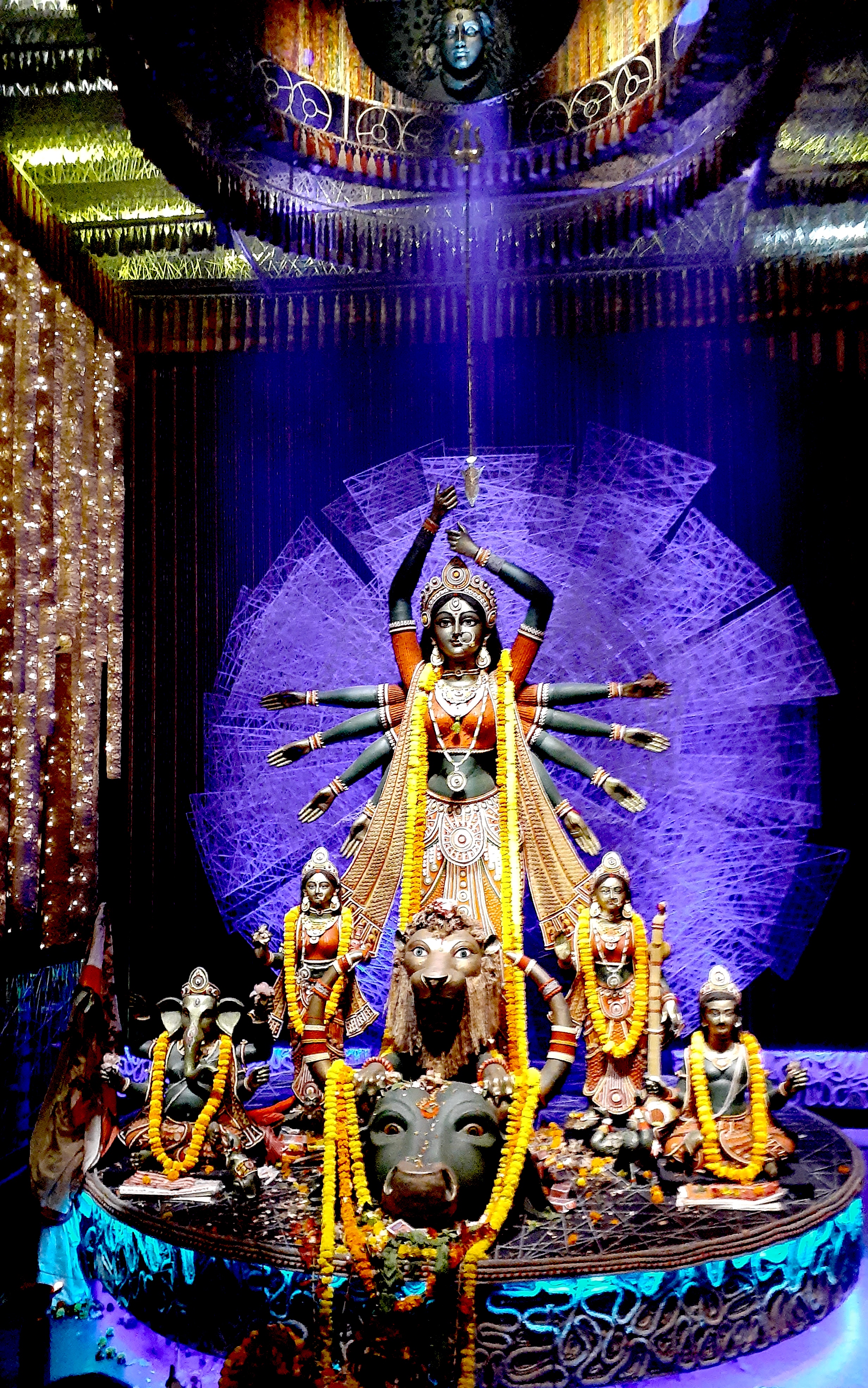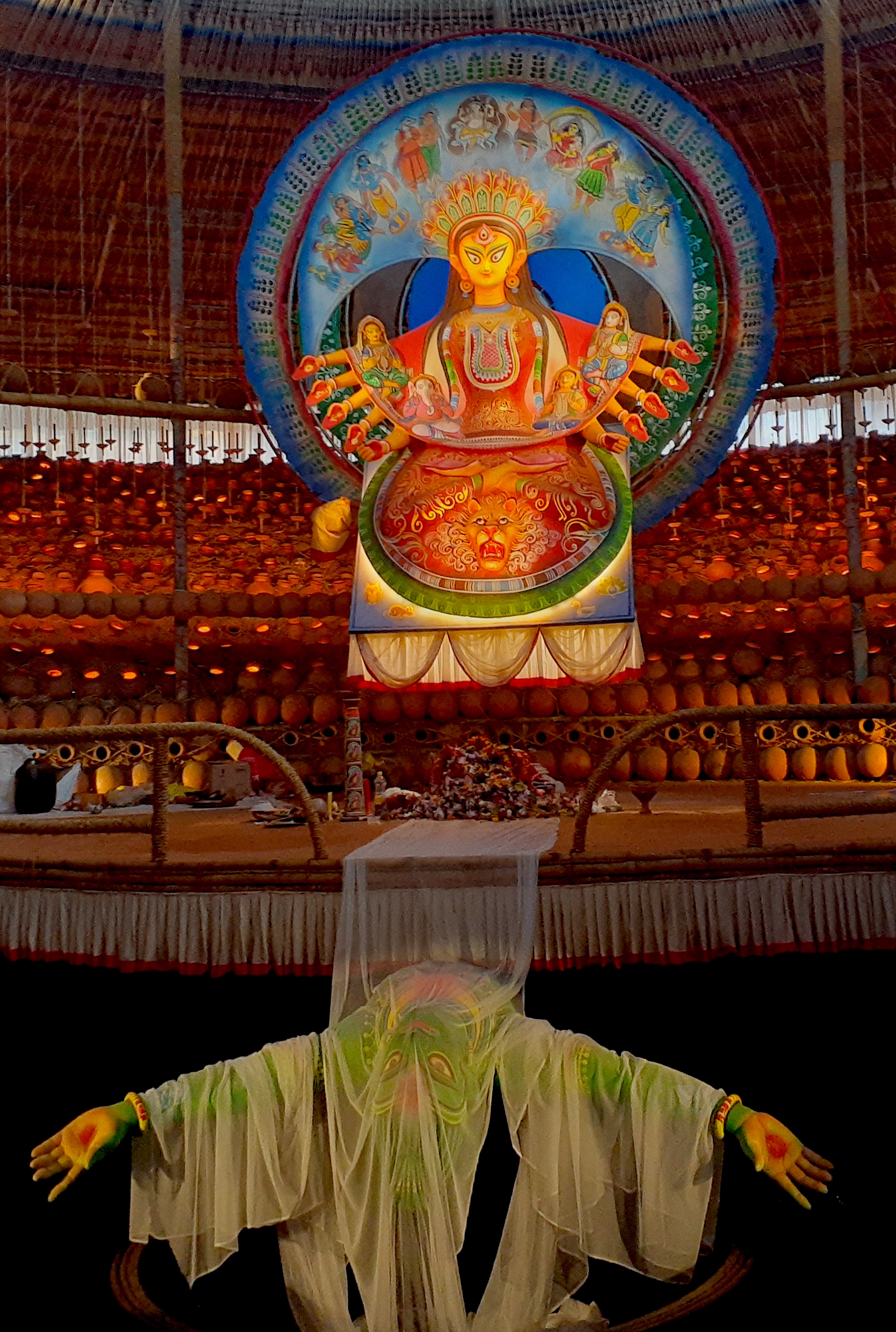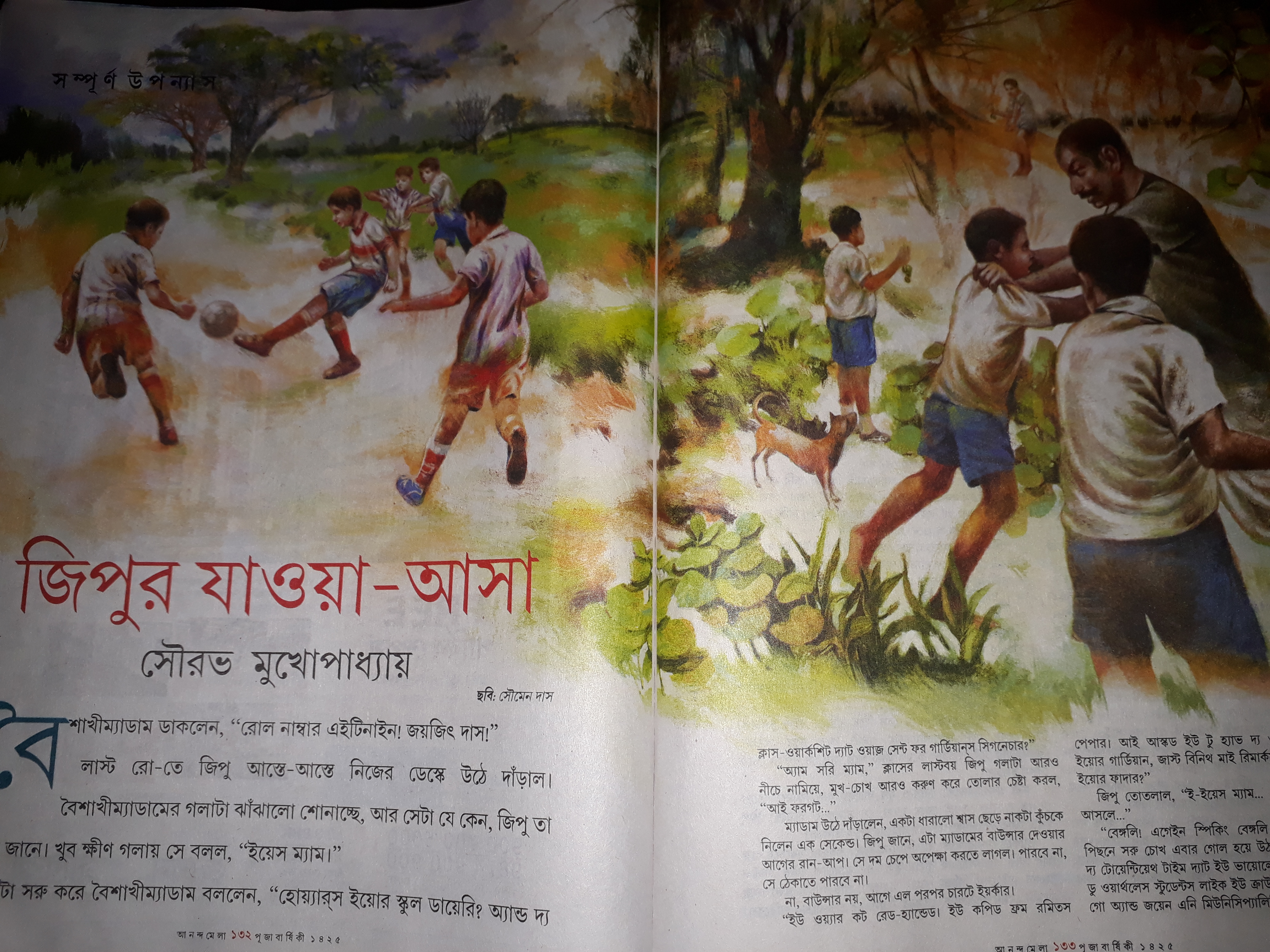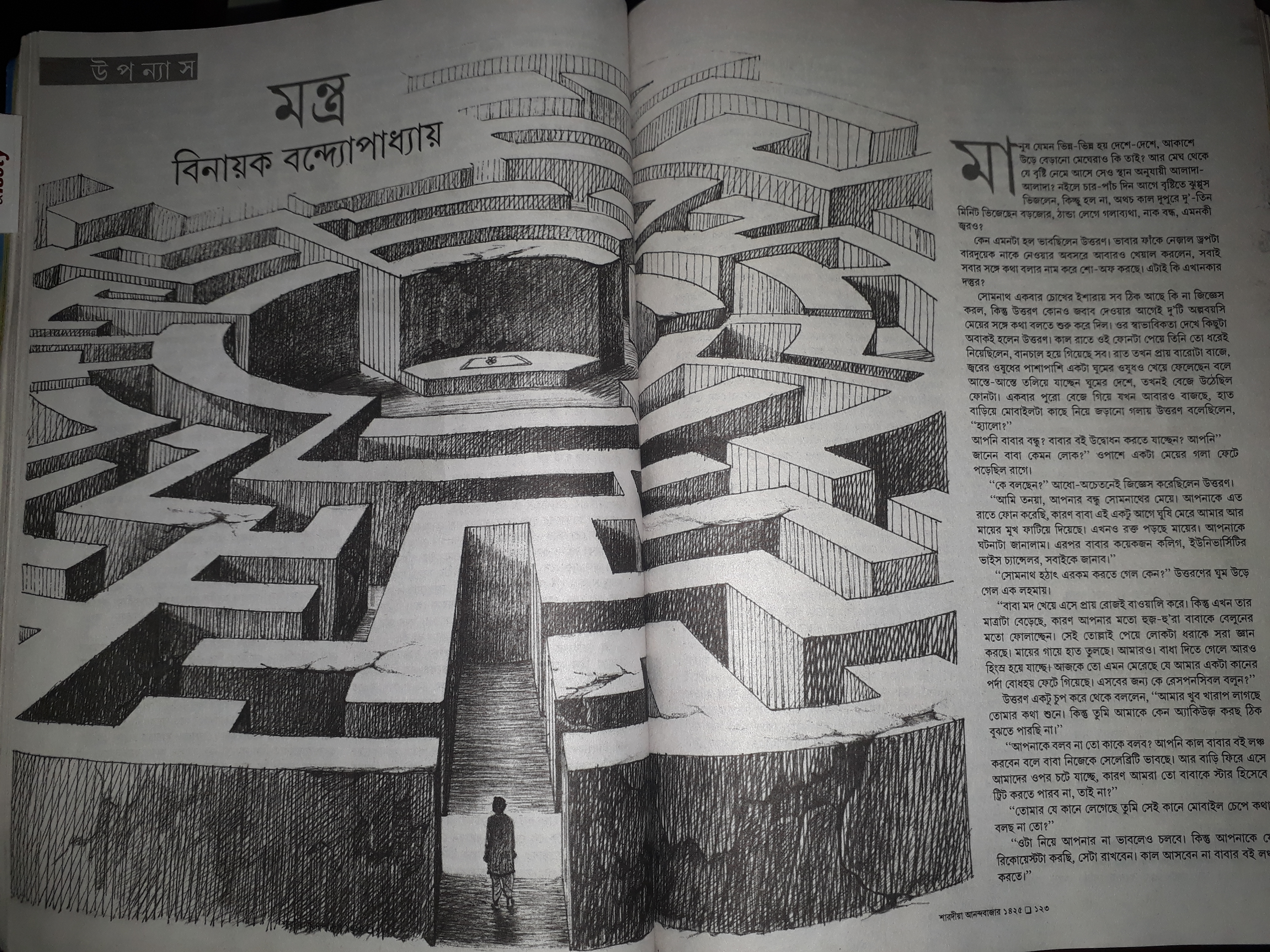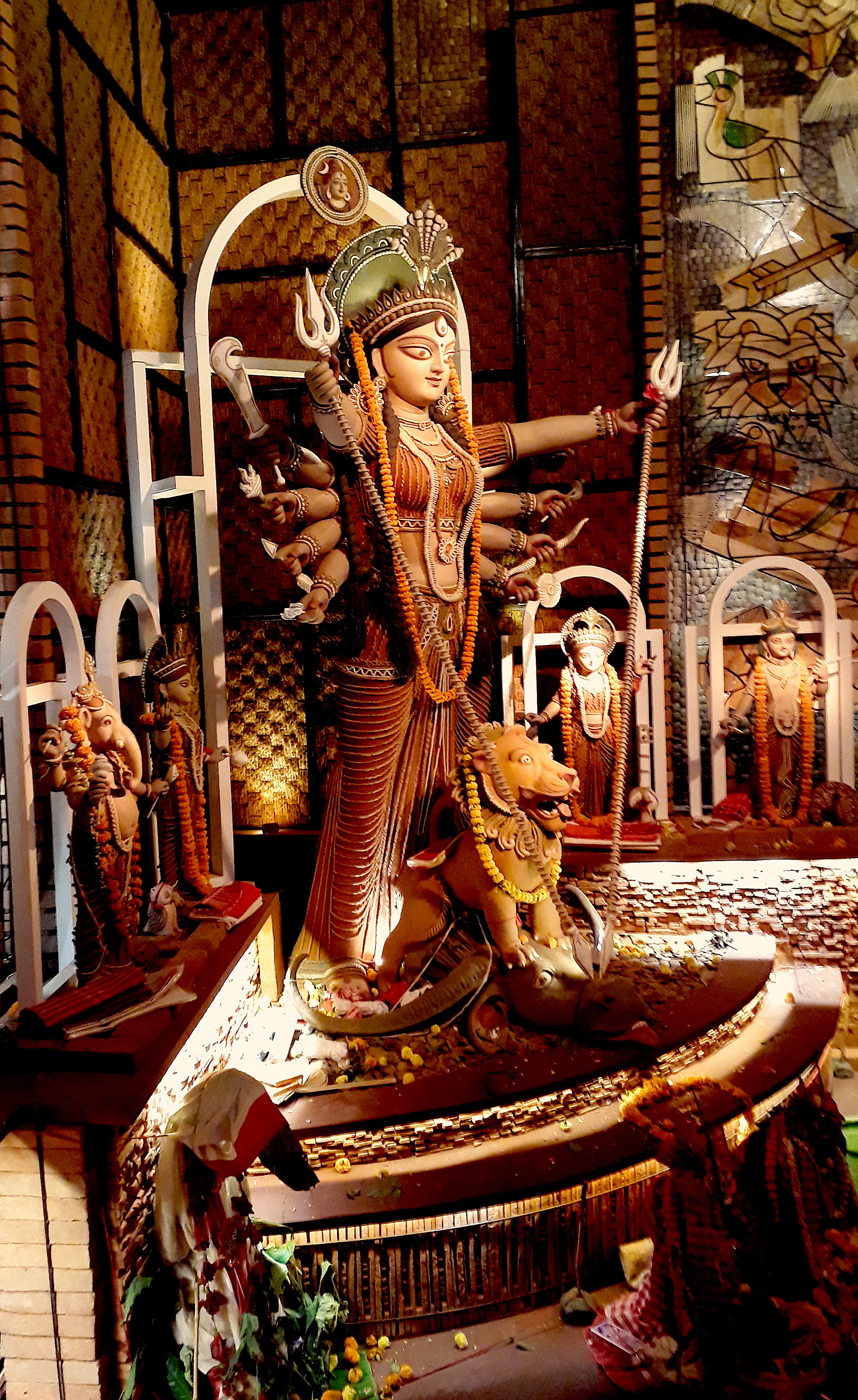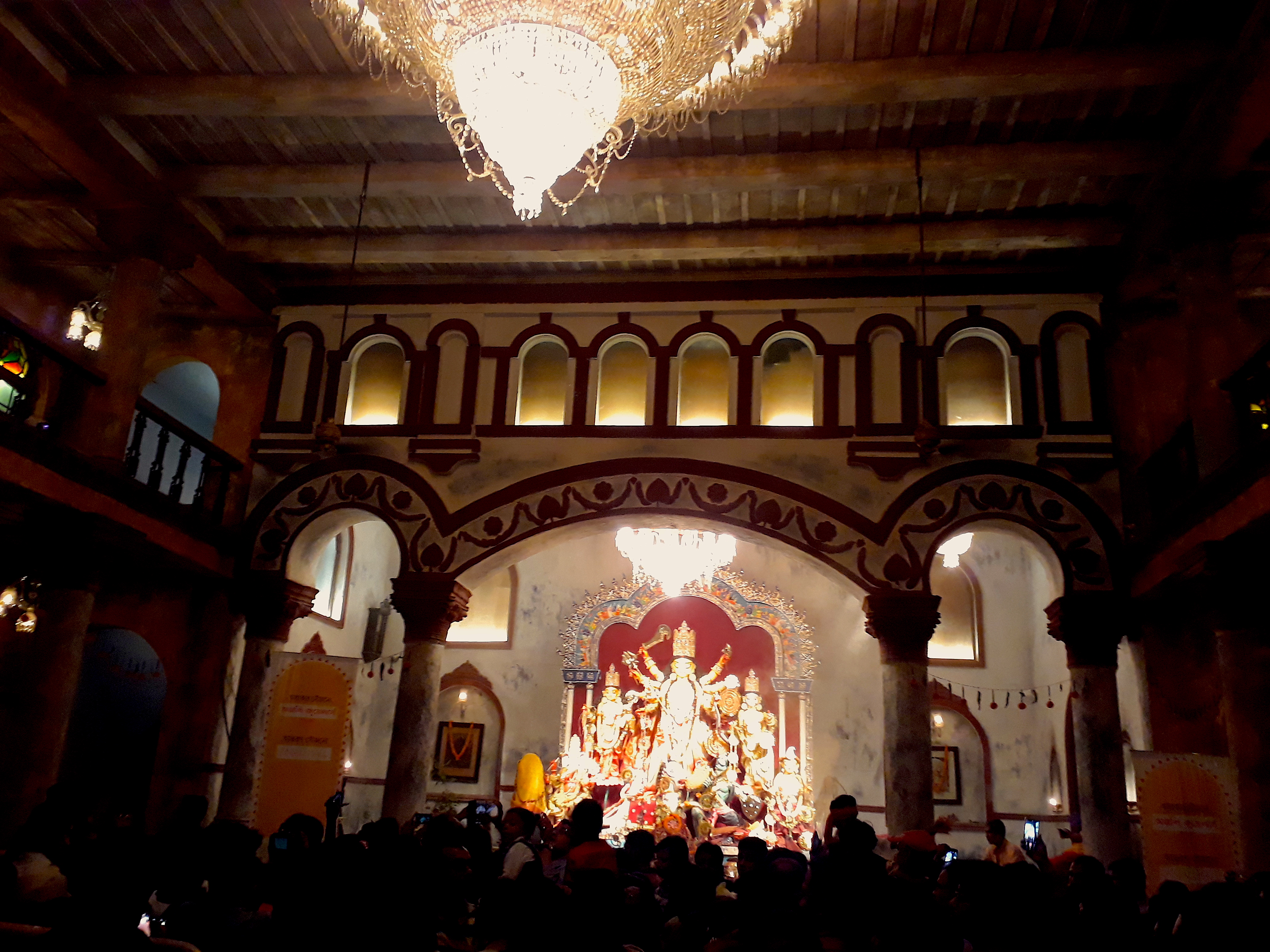Recently, as I watched Satyajit Ray’s Apu Trilogy once again (this was the digitally remastered version and so watching it was quite some experience), I had a strange realization. While Satyajit Ray received international fame for these movies, and much deservedly so since they were brilliantly made, I think the world of Apu is not the world of Satyajit but rather the world of the Bengali novelist whose novels (Pather Panchali and Aparajito) these movies are based on, Bibhutibhushan Bandyopadhyay. Bibhutibhushan indeed grew up in a small village in south Bengal and completed his education in Calcutta amidst abject poverty. So the resemblance between Apu and Bibhutibhushan is much more than that between Apu and Satyajit; Satyajit belonged to a reputed and fairly well-off Bengali family and grew up in an urban setting through and through.
And more importantly, at least for Pather Panchali (I haven’t read Aparajito yet), what was shown in the movie was already there in the book: the characters, the dialogue, and even the visual imagery. Satyajit only meticulously reproduced the magic of the book on-screen. Of course that deserves immense credit which he did receive. But to me, the unfortunate part is that somehow, probably because the international audience had a much easier access to the Apu movies than the Apu books, people tend to associate the Apu trilogy much more with Satyajit than with Bibhutibhushan, outside Bengal and even inside Bengal.
I feel the original novels deserve as much attention as the movies (though it’s unfortunate that people read less and watch more these days). So I decided to translate selected parts of the novel Pather Panchali for a global audience here. Again, translating the entire novel is a massive task and I am not ready to embark on that endeavour right now; in my adaptation, I will only use chapters from the novel which focus on Apu’s relationship with the natural world and his mental growth, since I feel that’s the main focus of the novel, and since I also feel that the movie, as great as it is, doesn’t capture this aspect of the novel very well (it’s probably because of a fundamental limitation of the cinematic medium).
I hope the beauty of the novel doesn’t get lost in my translation. Any kind of feedback is welcome.
A glossary of colloquial terms can be found at the end of the text.
Chapter 1: The Kuthi and the Field
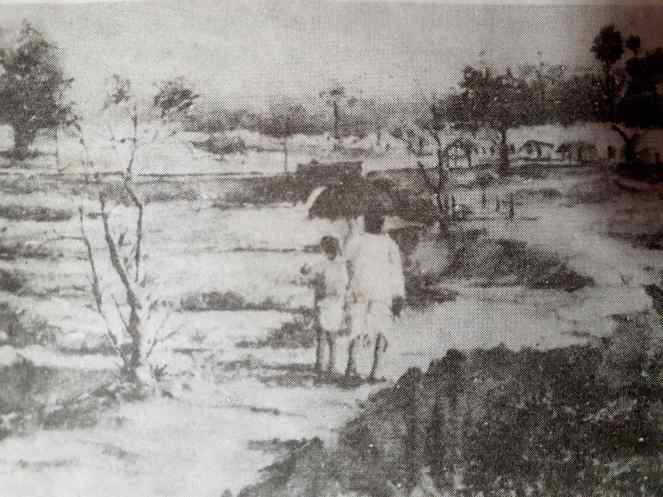
At the northern limit of the village of Nischindipur lived Harihar Ray in a small kothabari. Harihar was an ordinary householder, with his family of four, which included him, surviving on a meagre income from a few acres of land that he had inherited from his father and annual donations from a few disciples.
Since it neared the end of the month of Magh, it was quite cold. On an afternoon of that month, which coincided with the Saraswati Puja, several inhabitants of Nischindipur walked along a narrow earthen path, lined by shrubs and bushes on both sides. They were headed towards the field next to the Sahib’s Kuthi, where they expected to spot the blue jay, or neelkantha, as they called it locally. Spotting the bird was often considered auspicious.
One of them said, ‘Hari, have you again put your garden under the hold of Bhushno gowalah?’
The person on the receiving end of this question was Harihar Ray himself. His six-year-old son Apu had accompanied him on this trip. As Hari was about to respond to the question in the affirmative, he took notice of Apu’s sudden absence and screamed, ‘Khoka! O Khoka!’
A lean, pretty boy emerged from the shrubs and rejoined the group.
‘Why did you fall behind again?’ said Harihar. ‘Keep walking.’
‘What just ran through the forest, dad?’ said Apu, wonder in his eyes. ‘Large ears!’
Harihar ignored his son’s question and embarked on a discussion about fishing with Nabeen Palit, a fellow villager. That did not discourage Apu from asking the same question again: ‘What paced through the trees, dad? Giant ears!’
‘Who knows, son! I’m at my wit’s end to answer your never-ending questions: what’s this, what’s that. Come on, keep walking!’
As Apu walked ahead, in front of the rest of the group, Nabeen Palit said, ‘I think, Hari, if you really want to catch fish, you should try out Bainsha’s lake. Nepal Parui from the east neighbourhood is catching several-kilos-heavy fish on a daily basis there.’
All the adults in the group stared at his face in wonder. ‘It’s an ancient lake,’ he continued. ‘The water being deep, at the centre it’s pitch black, with lotuses surrounding you all around. Anyone who goes out there on a boat trembles in fear until he reaches the shore.’
Just when he had his audience at the peak of their attention and interest, Apu pointed at the ulukhor shrub and screamed enthusiastically, ‘Look, dad, it ran past us once again. Large ears!’
This time Harihar caught Apu by his hand and said, ‘You are disturbing me too much. This is why I was reluctant to bring you along.’
‘What’s it, dad?’
‘I don’t know; I didn’t notice it. Maybe it’s a pig.’
‘Not a pig, dad, it was quite small.’ Apu bent down to suggest the beast’s height from the ground.
‘Ohh! You don’t have to explain further. Now I know what it is.’
‘It’s a rabbit, Khoka!’ intervened Naveen Palit. ‘It’s a rabbit!’
The kid had seen the picture of the rabbit on his alphabet book, but that the rabbit jumped about shrubs in the real world and could be spotted like he just did was beyond his comprehension.
The village folks walked off the narrow path into the field. There were shrubs and bushes all over the field. Giant kalmi leaves covered the tops of all the shrubs providing gentle shade to all the vegetation underneath. Blue aparajita flowers bloomed unvanquished, true to their name, facing the afternoon sun — the softness of the verdure, the chirping of the birds, nature’s bounties abounded here.
Apu asked his father about the whereabouts of the blue jay, and his father assured him that the bird would soon be spotted on the top of a babul tree. Apu turned his head upwards, his eyes wandering from one tree top to another. Meanwhile, Nabeen Palit carried on with his discussion, with the topics ranging from the profit he made from his farming activity on the northern part of this field, the bricks of the Sahib’s Kuthi near the field going on sale, and the potential buyer of those bricks, Maati Daan from Nababganj, rapidly increasing his wealth over time.
For some reason, the neelkantha stayed elusive to all anticipating eyes that day. The Kuthi lay deserted on one end of the field, near the river, like the skeleton of a mammoth, ferocious beast from a pre-historic era, with this cold solitary afternoon slowly encapsulating it in a grey sheath. Harihar lovingly said to Apu, ‘Khoka, look, this is Sahib’s Kuthi.‘
Near the Kuthi lay the grave of the child of Mr. John Lermor, the sahib who lived and worked at this Kuthi once upon a time, when it was the headquarter of the Bengal Indigo Concern. On the tombstone, now quite dilapidated, one could still decipher the following writing:
‘Here lies Edwin Lermor,
The only son of John and Mrs. Lermor,
Born May 13, 1853.
Died April 27, 1860.’
As the breeze blew gently across the branches of the trees that formed a canopy over the tombstone, yellow flowers softly descended upon it. While for others the child had passed into oblivion, the trees of this forest had not forgotten him; they were still playing homage to this child who once played in this sylvan world.
Apu looked around in wonder. In his life span of six years, this was the farthest he had travelled from home. His own house’s front yard, his friend Nera’s house, and Ranu-di‘s house formed his world thus far. Beyond this Kuthi’s field, perhaps there was the land of the fairies, thought the boy: the land his mother alluded to in the tales she told him every night, where a prince on exile slept alone under a tree, his sword beside him. Beyond this field, probably no man from this world lived: it was a world of the impossible, of the unknown.
***
On their way back home, Apu paused and bent down, stretching his hand towards the shrub, in the direction of a bunch of fruits which had a very bright appearance. Harihar screamed, ‘Don’t touch them, that’s alkushi. Your hands will itch; I am not taking you out again; I have been asking you all this while to stick to the middle of the road, but you won’t listen.’
‘Why will my hands itch, dad?’
‘There’s poison in them. Once your hands itch, you will start screaming!’
Harihar and Apu strode across their village and reached their home. Apu’s mother Sarbajaya came out and said to her husband, ‘What kept you out this long? You took Apu along; the night is so cold; and he’s not even wearing anything warm.’
‘Ohh, taking him along led to so much trouble; he strayed away from the group so often and pestered me with so many questions; he even tried to pull fruits from the alkushi tree,’ said Harihar. Then he turned towards Apu, touched him tenderly, and said, ‘You were so eager to see the Kuthi and the field since this morning. Are you happy now?’



